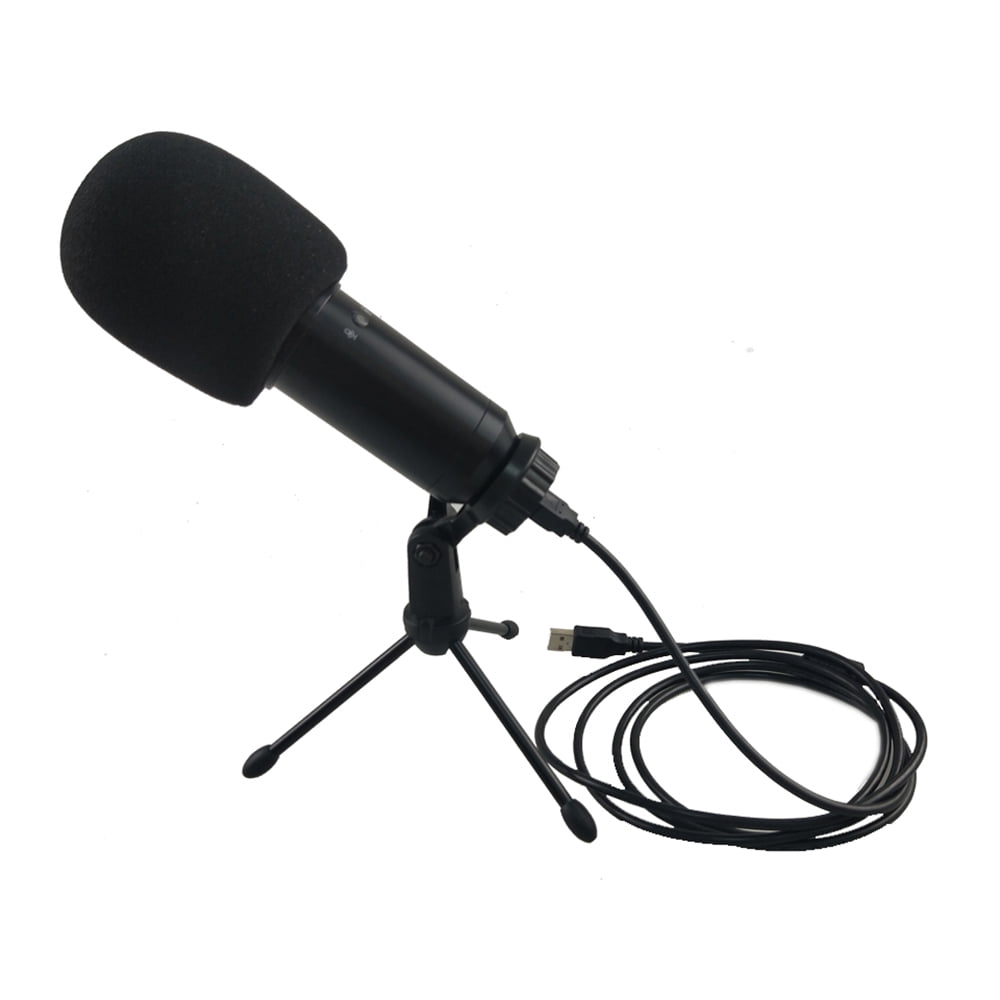

There’s also a dedicated mute button on the top of the Wave 3.
The best usb mic for podcasting Pc#
The Wave 3’s dial can switch between multiple modes (gain adjustment, headphone-output volume, and mixing the PC and microphone audio) by pushing the dial. The dial on the Wave 1 only adjusts the headphone-output volume and can mute the mic if you push it in.

The main physical difference between the Wave 1 and Wave 3 are the dials on the front of the microphones. Looking at the outside, the microphones look extremely similar, but the Wave 3 is slightly taller than the Wave 1 (0.4 inches taller to be exact). Both record using the cardioid polar pattern and have zero-latency headphone jacks for monitoring. The only difference of note is that the Wave 3 offers an impressively high sampling rate of 96 kHz, while the Wave 1 goes with the more standard 48 kHz (they both have a bit depth of 24-bit). They are extremely similar to each other-in fact, specs-wise, they are effectively identical. The Wave 1 and Wave 3 microphones are mics from Elgato that are tailored for streaming. The Blue Yeti Nano is available in four colors: Shadow Grey, Vivid Blue, Red Onyx, and Cubano Gold.īuilt for Streamers: Elgato Wave 1 and Wave 3 Elgato

Also on the back of the microphone, you’ll find a zero-latency headphone jack for monitoring-there’s also a headphone-output volume dial on the front. The Nano can also switch between cardioid and omnidirectional polar patterns with the button on the back of the mic or by using Sherpa.
The best usb mic for podcasting install#
Like the Yeti, you can install Blue’s Sherpa software to adjust the gain and sampling rate to your liking. It’s even still capable of the 48 kHz high-definition sound that the original Yeti accomplished, with a higher bit depth of 24-bit compared to the original Yeti’s 16-bit.Ĭonsidering the size difference between the Nano and the original Yeti (the Yeti Nano is about three inches shorter than the original), it’s remarkable how great the Nano sounds. It’s the microphone of choice for many YouTubers, podcasters, and streamers, and pretty recently Blue compacted that great tech into the adorable Nano. The original Blue Yeti is one of, if not the most popular USB microphones around. All the microphones on this list record at the standard CD-quality at the very least. Anything above that is considered “high-definition audio.” This isn’t something you need to be too concerned with if you’re just joining voice calls, but if you’re recording your voice or streaming, it’s worth noting. The sampling rate and bit depth standard (commonly called “CD-quality” audio) is 44.1 kHz and 16-bit, respectively.


 0 kommentar(er)
0 kommentar(er)
